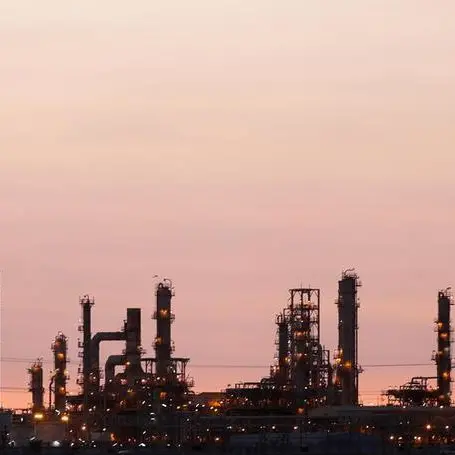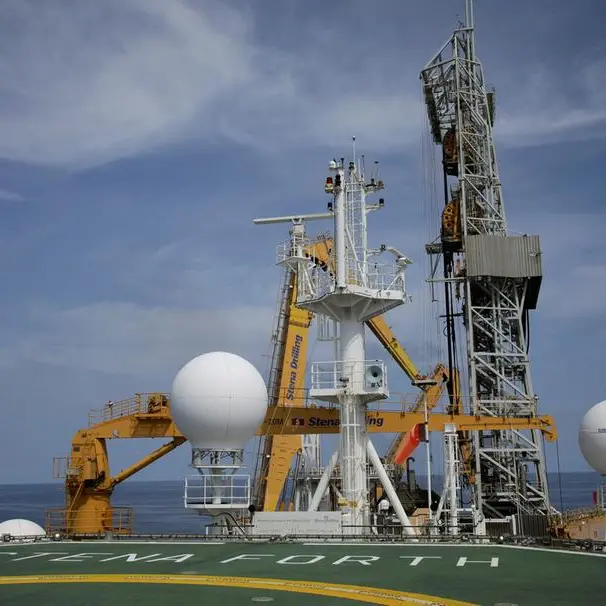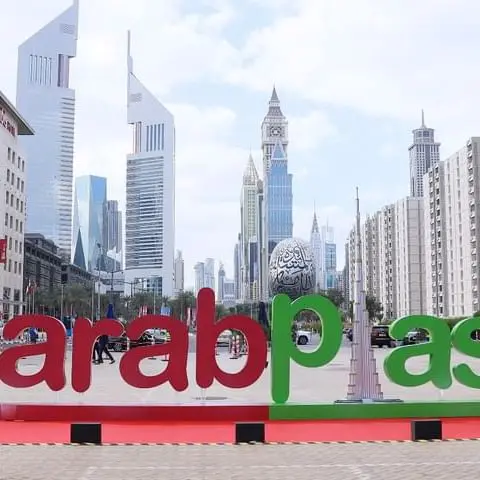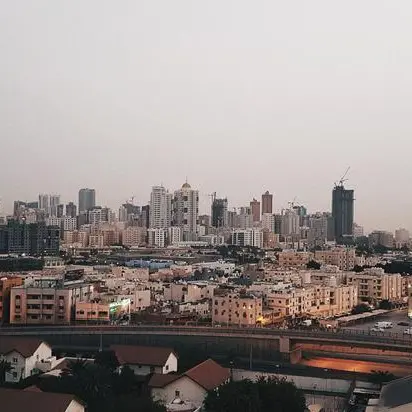Muscat: Improving Oman’s water security and recycling the country’s wastewater were among the main areas of discussion when the Oman Chamber of Commerce and Industry met with commercial representatives from the Netherlands.
The meeting, held on, 27 January, touched on a number of areas of cooperation, including investment opportunities and facilities for investors to boost trade and investment between the two countries.
Other areas of environment-friendly development in Oman include renewable energy including wind and solar, as well as green hydrogen. All these hold opportunities for Dutch companies, which operate in sectors important for sustainable development in Oman, including desalination and hydroponics.
“This visit comes as a continuation of the efforts made by the two governments in strengthening economic relations, and to review the cooperation prospects in various economic, commercial and investment sectors,” said Dr Al Fadl bin Abbas Al Hinai, the CEO of the Oman Chamber of Commerce and Industry. “The private sectors in the two countries play a leading role in forming economic partnerships and commercial collaboration.
“The deep maritime legacy that brings the two countries together has created new horizons of cooperation and partnerships in the logistics sector, as Oman looks forward to benefiting from the experience of the Netherlands, especially in developing and modernising ports and providing logistics services,” he added.
“This is reflected in the strategic partnership between Sohar Port and the Port of Rotterdam in the Netherlands,” he said. “The Dutch can also take advantage of the strategic location on the routes of international shipping lines, and its proximity to the emerging markets of Asia and Africa.”
The meeting between the Omanis and the Dutch featured a number of presentations, including one from the Ministry of Agriculture, Fisheries and Water Resources, which reviewed Oman’s experience in constructing dams to achieve the greatest possible use of rain water and reduce its waste, in view of the country witnessing a number of floods that affect people’s properties.
Since all the rainwater that Oman receives cannot be used immediately, plans for a large number of groundwater recharge dams, storage dams and other surface dams have been drawn up.
The Food and Agriculture Organisation representative to Oman also gave a presentation on the impact of water shortage in the Near East and North Africa region, during which she reviewed the programmes that the FAO is working on.
These include strategic plans for water, water and food policies, investment and agricultural plans in view of water resources, and the development of agriculture in green houses. FAO in Oman is also working with MAFWR and Sultan Qaboos University, on improving the country’s aflaj system of irrigation canals that provides groundwater to far-flung agricultural areas.
Oman Water and Wastewater Services Company’s representatives were also present at the meeting, during which they shared presentations on technology used to treat wastewater that could then be used to make the country greener, while safeguarding public health.
Majis Industrial Services Company also gave a presentation on its efforts to provide water security, through the treatment of seawater for cooling purposes; efforts taken to produce drinking water, ultra-pure manufacturing and industrial and sewage treatment.
“The meeting aimed to discuss this most important natural resource, which is the main source of life,” said Stella Kluth, ambassador of the Kingdom of the Netherlands to Oman. “Without it, there will be no further progress for any of us. There were three main points for discussion, namely drinking water, agricultural water and water management solutions.
“The Netherlands is the second largest exporter of agricultural commodities across the world, and therefore, it is addressing fundamental challenges and leading pioneering experiences in water management, especially since about a third of its lands are located below sea level,” she added. “The Netherlands has a huge system of dams and storm barriers that help conserve water.”
© Muscat Media Group Provided by SyndiGate Media Inc. (Syndigate.info).






















